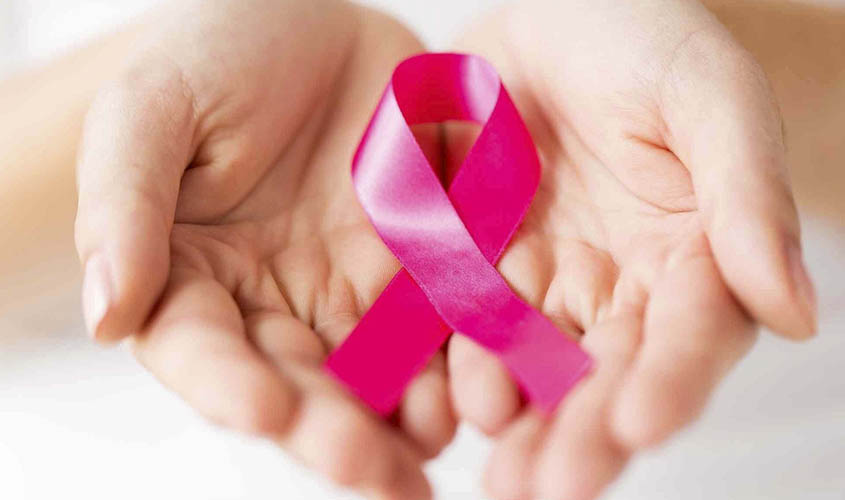NEW DELHI: The mortality rate among cancer patients in India is increasing rapidly, statistics from the World Health Organization (WHO) suggest. A recently published report in The Lancet (a medical journal) has also indicated that only 30% of India’s cancer patients survive for over five years.
According to a report released in September this year by the International Agency for Research on Cancer (IARC) under WHO, the country will witness deaths of 9.6 million people by the end of this year. The gloomy WHO report said that cancer in India is the second biggest killer after heart disease.
The WHO report reads: “This year, the country will witness 1.16 million new cancer cases and more than 50% of the total cases will be diagnosed in women,” the WHO report reads.
The WHO report has suggested that incidents of breast cancer have also gone up by 39.1% between 1990 and 2016 and is the most common form of cancer among women in India. Cancer in lip, oral cavity (16.1%) and lungs (8.5%) are most common in Indian men.
The Lancet report published earlier this year also pointed out increasing cancer deaths in India. According to this report, between 1990 and 2016, the number of cancer deaths in India has increased by 112%. At the same time, cancer cases also increased by 48.7%. The report also highlights that in 2016, the country had 67,000 lung cancer patients, of which 72.2% were men. Liver cancer also increased by 32.2% since 1990 with 30,000 cases being reported in 2016.
In terms of cancer death rates, Haryana is on the top in the country as the state has witnessed 39% of total cancer deaths. In Haryana, due to the state witnessing rapid industrialisation and poor sanitation, cancer deaths went up from 3,380 in 2015 to 4,592 in 2017, according to the WHO report.
Dr Jaskaran Singh Sethi, Director and Head of Department, Radiation Oncology of Fortis Hospital, said: “Most cancer cases in India are at present in advanced stages because of late detection of the disease and that is causing the higher mortality. It is important for the country to adopt cost effective methods of early detection to diagnose cancer in its early stages and improve life expectancy of cancer patients. Also, society needs to become the partner in the fight against cancer.”
“No doubt there is an increase in the number of cancer cases, but the incidence rate of cancer is still low in the country. The incidence rate is a ratio between the incidence of new cancer cases to 1,00,000 (1 lakh) population. According to latest data by the IARC, the age standardized incidence rate of cancer in India is still lowest in the world. This dichotomy can be attributed to our vast population, which pulls down the incidence rate,” Dr Sethi told The Sunday Guardian.
“Few reasons that can be attributed to the rising number of cancer cases in India include rampant use of tobacco and alcohol, changes in lifestyle, increased obesity in population, exposure to physical and chemical carcinogens, infections like HPV (Human Papilloma Virus), hepatitis which increases the risk of cancer of cervix and liver respectively. Other infections like H. pylori, EBV and HIV also increase the risk of various cancers,” Dr Sethi said.

